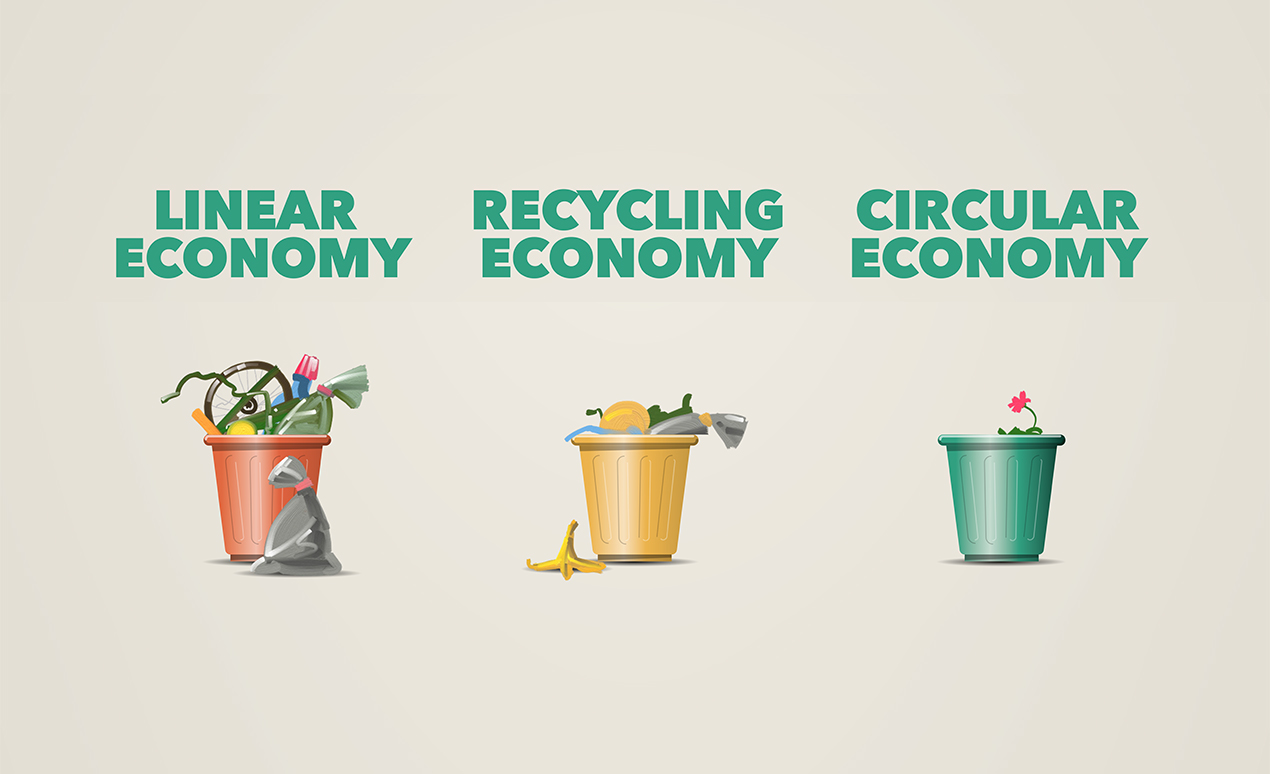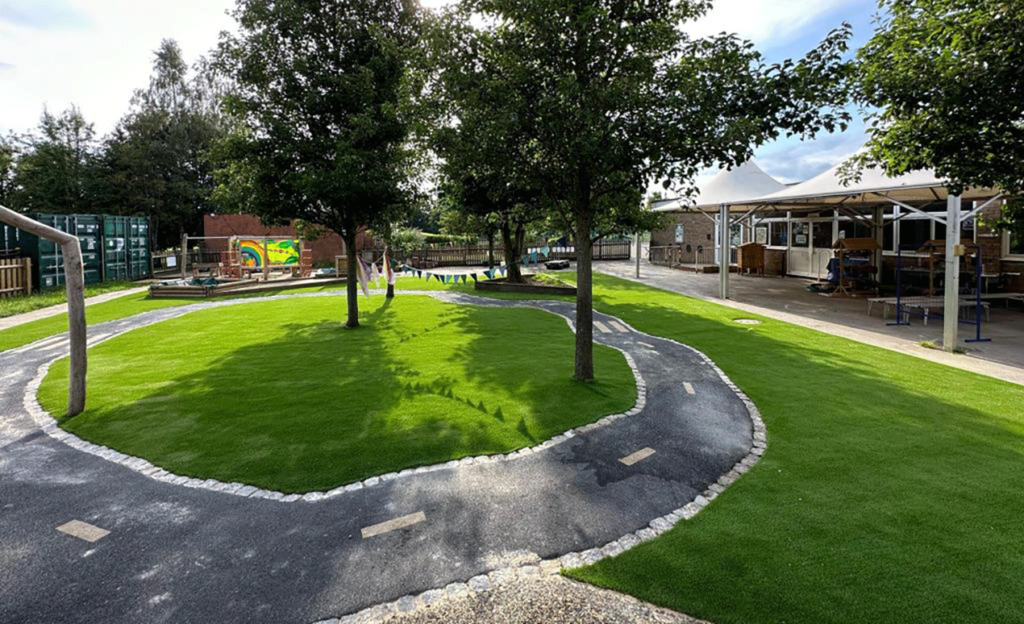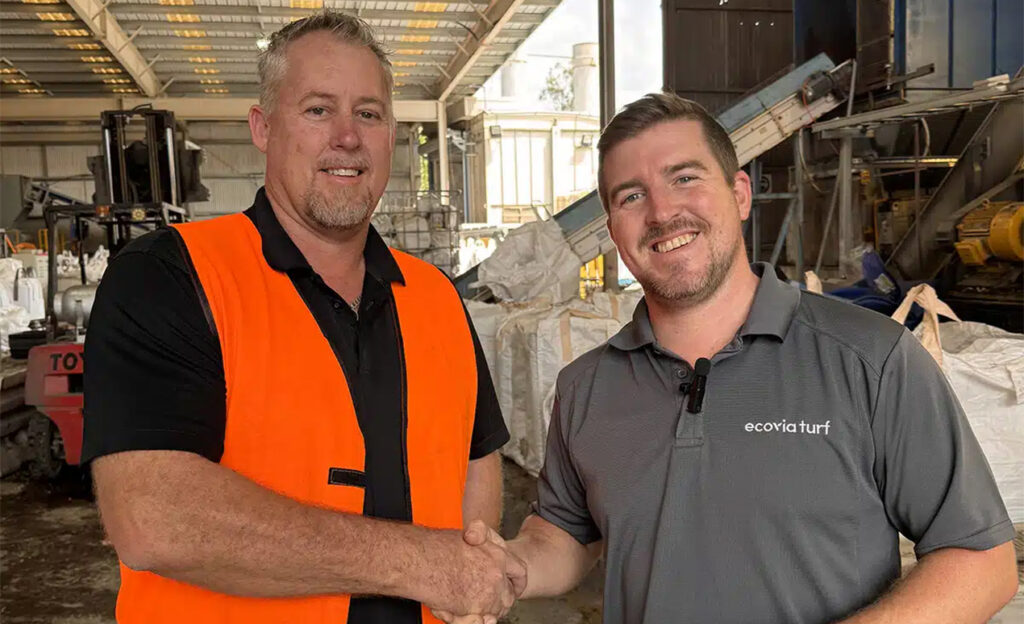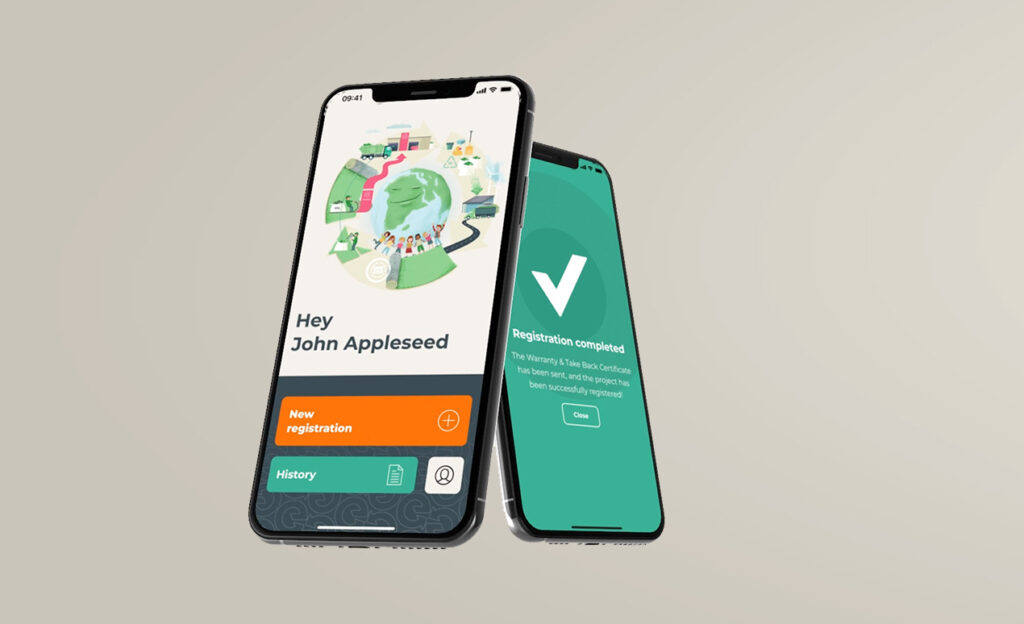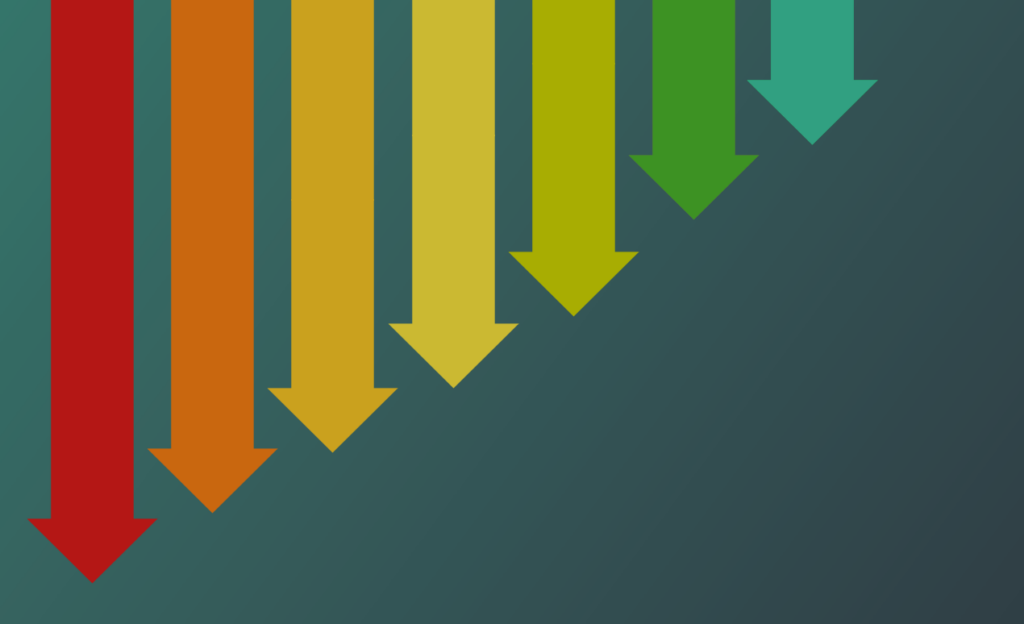In the Netherlands, significant efforts are underway to advance sustainable waste management and recycling. The era of optional approaches to waste processing and recycling seems to be coming to an end. Following bans on landfill waste and mandatory waste processing, new rules are being developed to enhance recycling quality across the entire chain—from production to end-of-life. These guidelines are part of the new Circular Materials Plan (CMP).
The CMP, developed by the Dutch Ministry of Infrastructure and Water Management, serves as a policy document to accelerate the transition toward a circular economy. Through guidelines promoting efficient and sustainable use of resources, the CMP takes clear steps toward a future where materials are reused without losing value. The ultimate goal? A fully circular economy by 2050, where dependence on primary raw materials is significantly reduced.
Key Points of the Circular Materials Plan
- Sustainable and Circular Resource Use
The CMP promotes reducing primary resources, such as oil, gas, and minerals, by encouraging reuse, recycling, and bio-based materials. This not only helps achieve circular goals but also reduces CO₂ emissions and environmental impact. - High-Quality Recycling
The CMP emphasizes high-quality recycling, where materials retain their original quality. For artificial turf, this means a shift toward materials that can be reused without losing value. ONE-DNA™ artificial grass, made from a single polymer, is an ideal fit for this principle, as it can be easily recycled into high-quality new products. - Innovation and Collaboration
The plan underscores the importance of collaboration between different sectors to develop and implement circular solutions, such as creating artificial turf materials that are easier to recycle and have a lower environmental impact. - Policy and Guidance
The CMP also includes policy instruments like taxes, subsidies, and regulations to make circular solutions more attractive and discourage disposable materials.
What Does This Mean for Artificial Turf?
The CMP offers significant opportunities for the artificial turf industry to become fully circular. The plan highlights that old artificial turf does not necessarily need to serve as the base for new artificial turf; other recycled materials can equally support circular goals. The key is that materials can be reused at the end of their life cycle without quality loss. A promising approach within the CMP is the idea of recycling artificial turf mats locally, as global transport can increase environmental impact. By working with local processors, raw materials are preserved, and circular goals are efficiently achieved. Products like ONE-DNA™ artificial turf, made from a single polymer, make this process even easier because it is directly suitable for high-quality recycling.
Conclusion
The Dutch Circular Materials Plan offers a clear route for the artificial turf industry and other sectors to embrace a circular future. With a focus on sustainable resource use, high-quality recycling, collaboration, and policy tools, the CMP provides the industry with the means and guidelines to make artificial turf 100% circular. This is not only an opportunity for the sector but a necessary step to contribute to a more sustainable future in which resources are preserved and can be reused without loss of quality.


